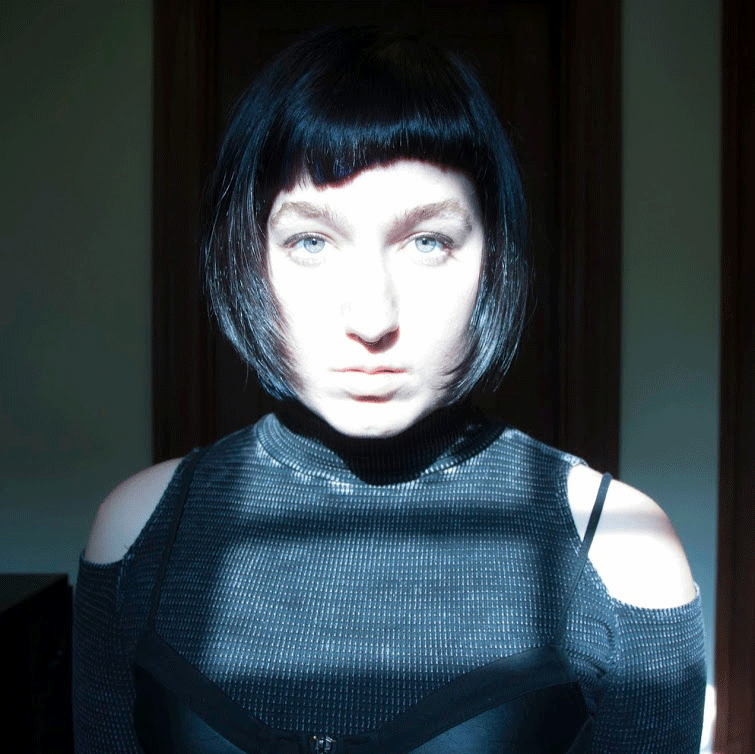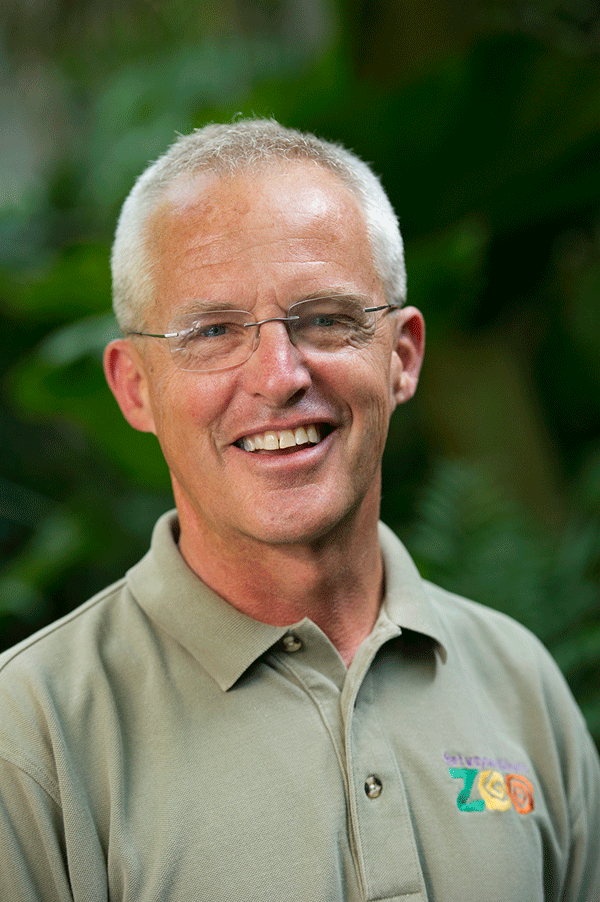This past June, Roanoke’s Crestwood Gallery hosted an exhibit entitled Permutations, a series of 17 single-print photographs shot with an eye that has the natural ability to combine shape and form into striking compositions. With such maturity reflected in her work, one would expect Madeline Wilson to be much older than her 23 years. Her obsession with her camera started at an early age and has allowed her to create photographs well beyond her years. “I grew up in Fort Wayne,” says Wilson. “I lived here for 18 years of my life. I went to school here and then I went to college in L.A. at USC [University of Southern California]. I only came home for visits. My work has been an ongoing series checking in with people back home. Here is where I am today, and this is what I’m seeing.”
Wilson has photographed a range of subjects on a spectrum that spans from and beyond the salt flats in Death Valley to the homeless living on Skid Row. Her photos elicit stories within the viewer’s mind. When looking into the eyes of a homeless man standing in a soup kitchen, one is sucked into photograph, wondering what the the subject’s deep, hidden stories could be.
Wilson shot a large series of photos of people living on the streets, and in doing so she grew close to a population that she most likely never would have if it weren’t for photography. Friends and family cautioned her before stepping out into territory that is often considered dangerous, but once she hit Skid Row and started taking photos, the people there quickly warmed up to her.
“They were more friendly than the people in my actual neighborhood,” says Wilson. “They were so hungry for human contact there. Just by being someone who talked to them and acknowledged them, they started saying ‘hey how’s it going,’ It’s the only place where I’m recognized for my profession. When I come people say, ‘Hey, you taking more photos today?’”
Wilson shares stories about the people she grew to know. Her photographs captured big personalities, including the man who calls himself, Blade. This 68-year-old dresses in an outfit he crafted himself using materials he collected from the dumpsters in the fashion district. Donned in purple from head to toe, he is himself a conversation starter. He is an inspiration, one who captured the eye of Wilson and her camera.
Another shot depicts Momma D, a woman who wears a brightly colored and textured hat, a woman who insisted Wilson photograph her doing laundry on the street with a series of buckets filled with water.
While the people she photographed for the project had a tendency to be clothed in a patchwork of color and textures, Wilson chose to shoot the series in black and white.
“What people collect creates an interesting palate, but I chose black and white because the colors can be so distracting,” she says. Black and white images allow us, the viewers, to notice elements like composition and contrast both of which are important to the artist.
The choice to omit color was an editorial decision for Wilson who makes a conscious effort to take time to think before pressing the shutter button.
“It’s good to act like you only have 12 shots on your digital camera. That way you have to think about each shot more carefully. You think about them more, so you have better work.”
Wilson also has a keen sensibility to detect the beauty in what many may find ordinary or even downright ugly. One weekend she packed up with friends and headed out to Death Valley in search of such beauty.
“When we got there, we picked up a map to get the lay of the land,” she says. “We saw all the big sights on the first day. On the second day we bought an off-roading map and started looking for some abandoned mines.”
The map took them to a desolate place where they found nothing but a rusty pipe sticking up from the ground.
“That’s when we decided to drive up farther and I almost broke an axel on my car. We had to drive in reverse for over a mile to get back down to the road.”
They ended up on a beautiful salt flat that extended for miles before it met with the mountain range. While walking through what Wilson describes as “the most beautiful landscape I think I’ve ever seen,” she happened upon a single, gnarled bush, dead and grey.
“Out of everything we saw, that bush ended up being the event of the whole trip,” she says. She took a shot and ended up with one of her favorite images, collecting another interesting story in the process.
Along with editing her work before she shoots, Wilson is an enthusiastic curator who enjoys the process of paring down a series until she finds the select few that make the cut.
Wilson hopes to continue to develop the freelance contacts she has made in Fort Wayne while at the same time spending most of her time in Los Angeles. She has grown to love both places, and with the setup she is creating, she will have the ability to do it.
“As a 23-year-old, I’m older and doing what I love to do. I could actually have an art practice here in Fort Wayne because I can afford to it. Back in L.A., I just couldn’t.”
As Wilson continues to develop, she is certainly a photographer to watch out for. Her ability to bring a fresh perspective to what many of us find ordinary is refreshing. Work like hers makes one stop in their tracks, take a moment to slip into another world and ponder the stories that are connected to each one of her works.
Says Wilson, “I am constantly grateful and surprised by the way that my life is working out so far.” Those of us who have seen Wilson’s work agree that things are working out just fine.


